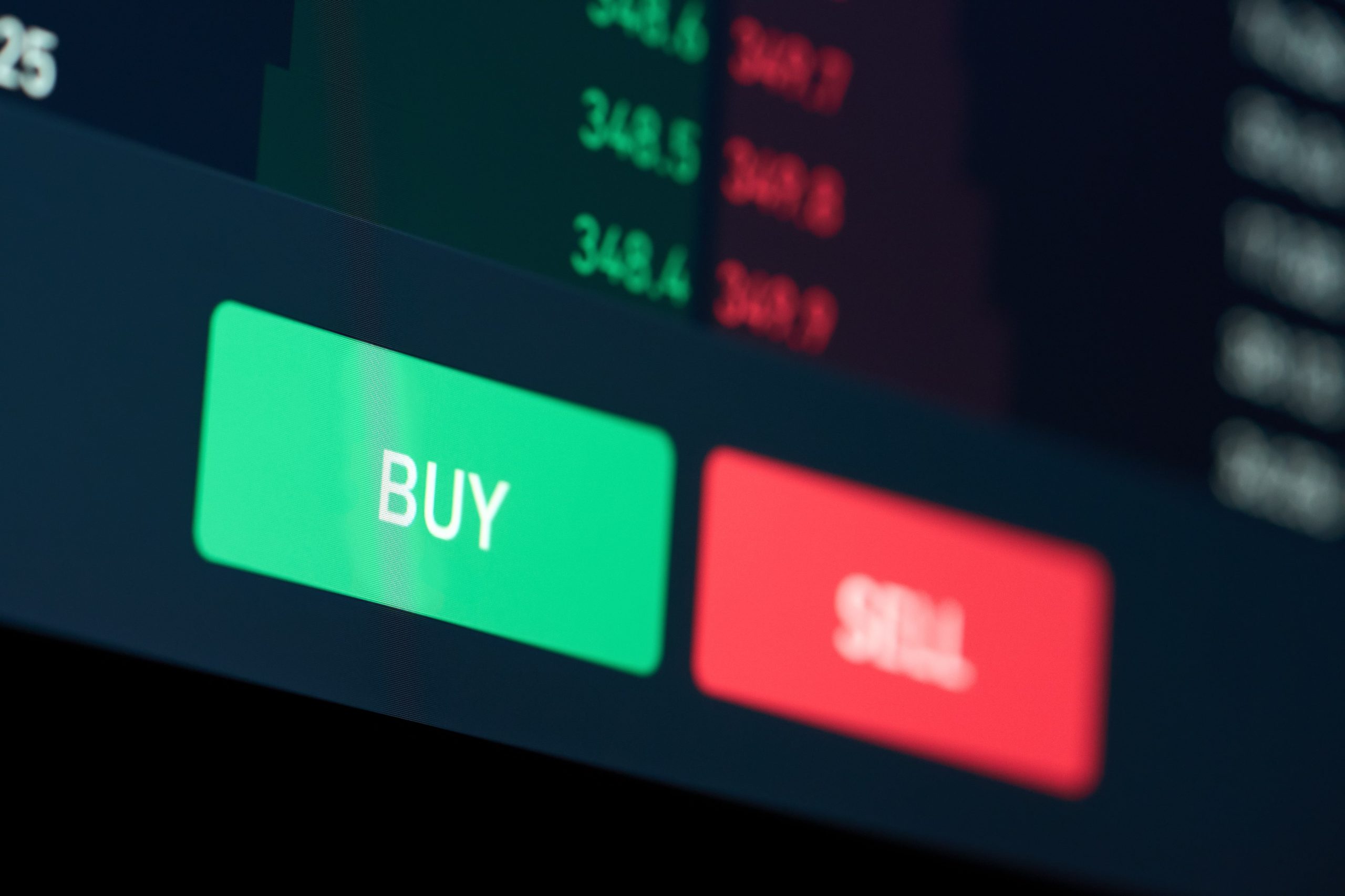Why Building Trade Idea Algorithms Matters Now
In an era where financial markets are increasingly influenced by technology, understanding how to build efficient trade idea algorithms has never been more crucial. As we navigate through a post-pandemic economy and a rapidly changing global landscape, traders are looking for innovative solutions to stay ahead. This article explores the most current trends and actionable insights in developing robust trade idea algorithms that leverage artificial intelligence (AI).
Understanding Trade Idea Algorithms
Trade idea algorithms are systematic frameworks designed to generate actionable trading signals based on various data inputs. These algorithms analyze historical data, market sentiment, and real-time trends to identify profitable trading opportunities. The application of AI in this space enhances the algorithms’ ability to process vast amounts of data, providing insights that human traders might overlook.
Key Components of Successful Trade Idea Algorithms
- Data Integration: Combining diverse data sources, including social media sentiment, financial news, and historical price data.
- Technical Indicators: Utilizing indicators such as moving averages, Relative Strength Index (RSI), and Bollinger Bands to inform trading decisions.
- Machine Learning Models: Implementing machine learning techniques to improve predictive accuracy and adapt to changing market conditions.
AI-Assisted Research: Enhancing Algorithm Performance
AI tools are revolutionizing the way traders develop algorithms. Here’s how:
- Natural Language Processing (NLP): NLP can analyze news articles and social media to gauge market sentiment, providing insights that can inform trading strategies.
- Predictive Analytics: Machine learning models can identify patterns in historical data, predicting future price movements with greater accuracy.
- Backtesting Capabilities: Advanced algorithms allow traders to backtest their strategies against historical data, refining them before deploying in real-time markets.
Actionable Insights for Traders
To effectively build trade idea algorithms, consider the following actionable takeaways:
- Start with a clear trading hypothesis and define your goals.
- Leverage AI tools to automate data collection and analysis.
- Continuously refine your algorithms through backtesting and real-time data feedback.
- Stay informed on emerging trends in finance technology to keep your algorithms competitive.
Future Outlook: Where This is Headed Next
The future of trade idea algorithms is bright, driven by advancements in AI and machine learning. As technology continues to evolve, we can expect:
- Increased personalization of trading strategies based on individual risk tolerance and investment goals.
- Greater integration of alternative data sources, such as satellite imagery and IoT data, for deeper market insights.
- Enhanced regulatory frameworks governing algorithmic trading, ensuring transparency and accountability.
In conclusion, building effective trade idea algorithms is a dynamic and evolving process that combines technology with human insight. By staying abreast of the latest developments in AI and algorithmic analysis, traders can position themselves for success in an increasingly complex market landscape.



